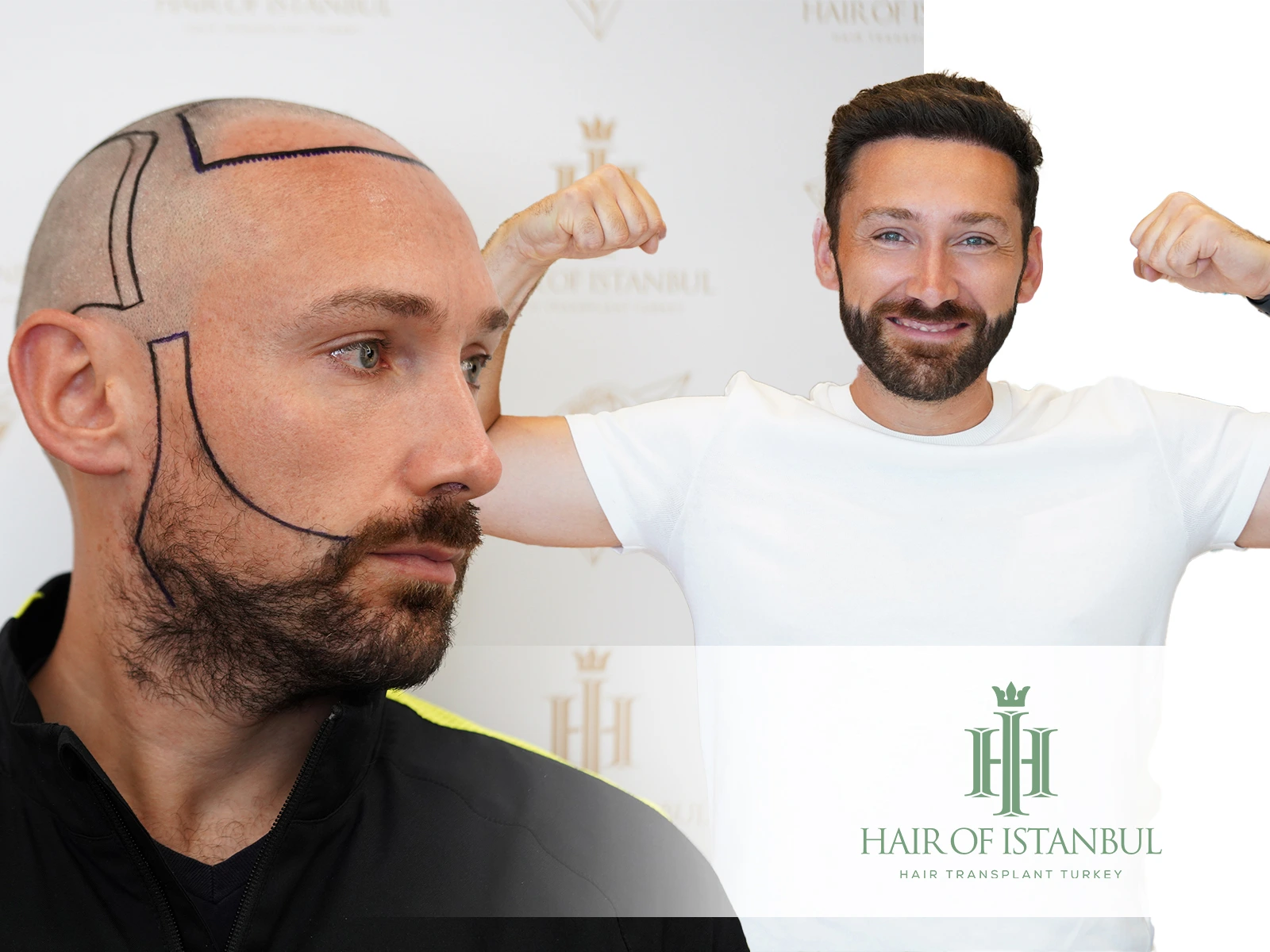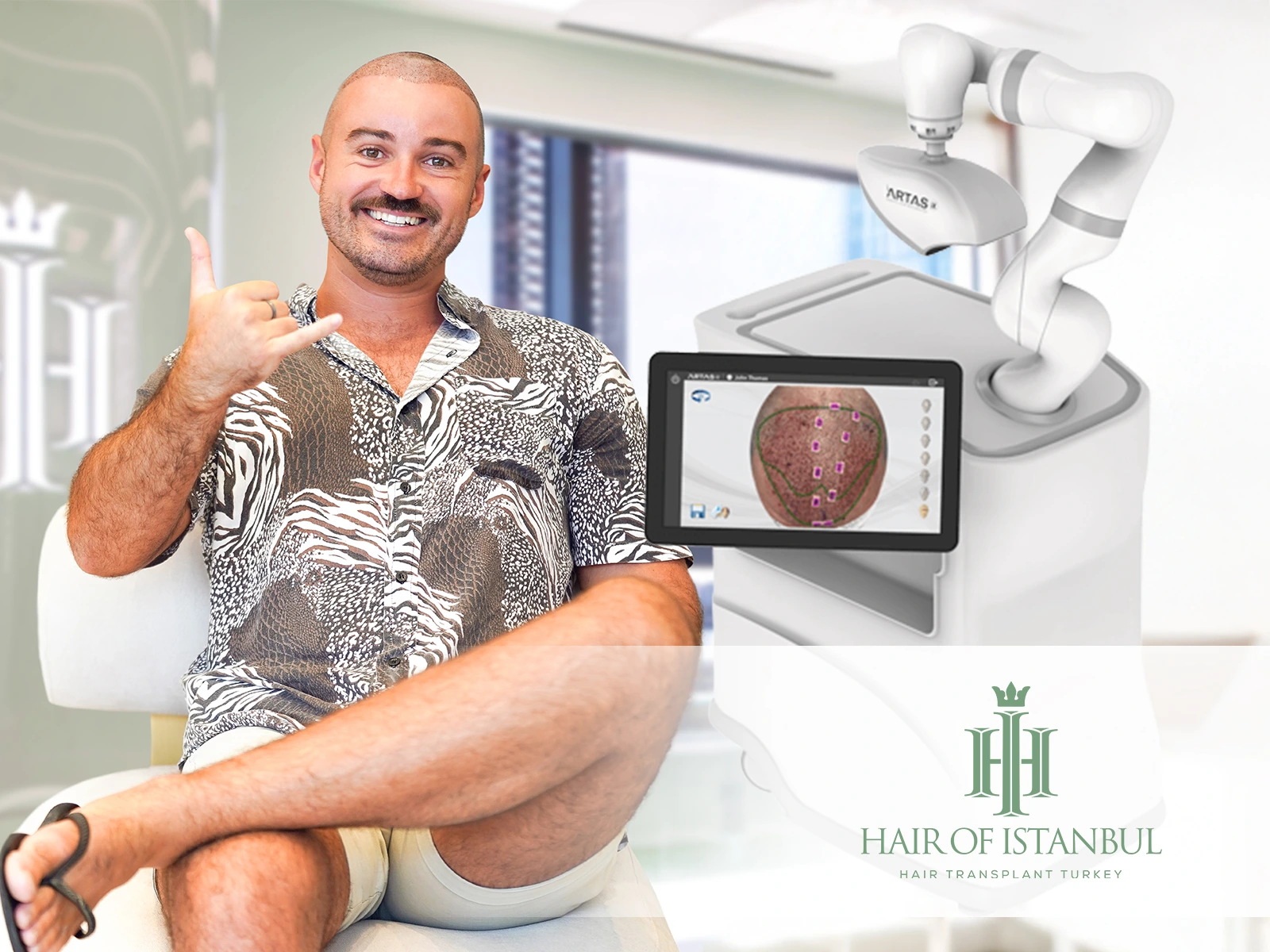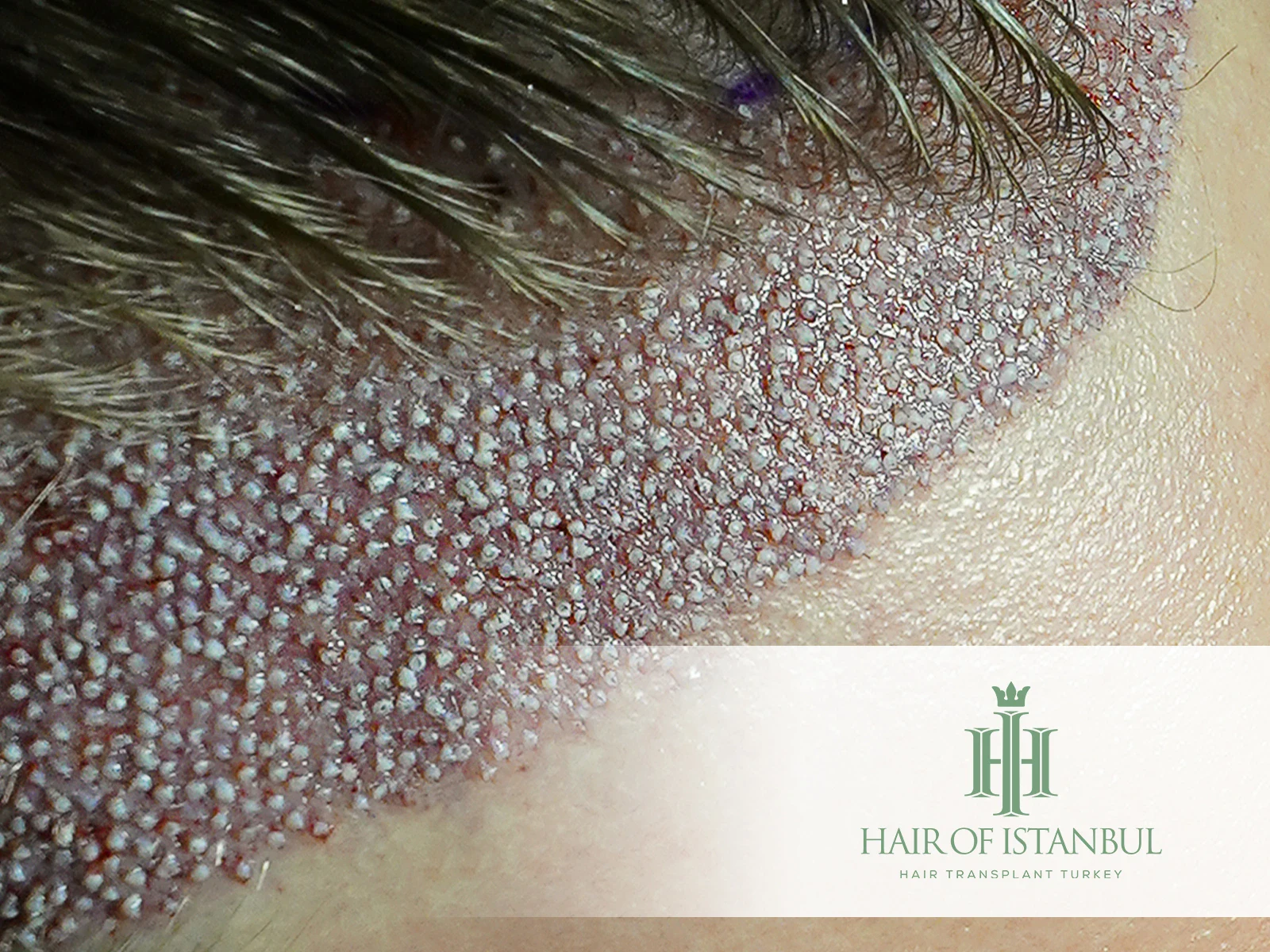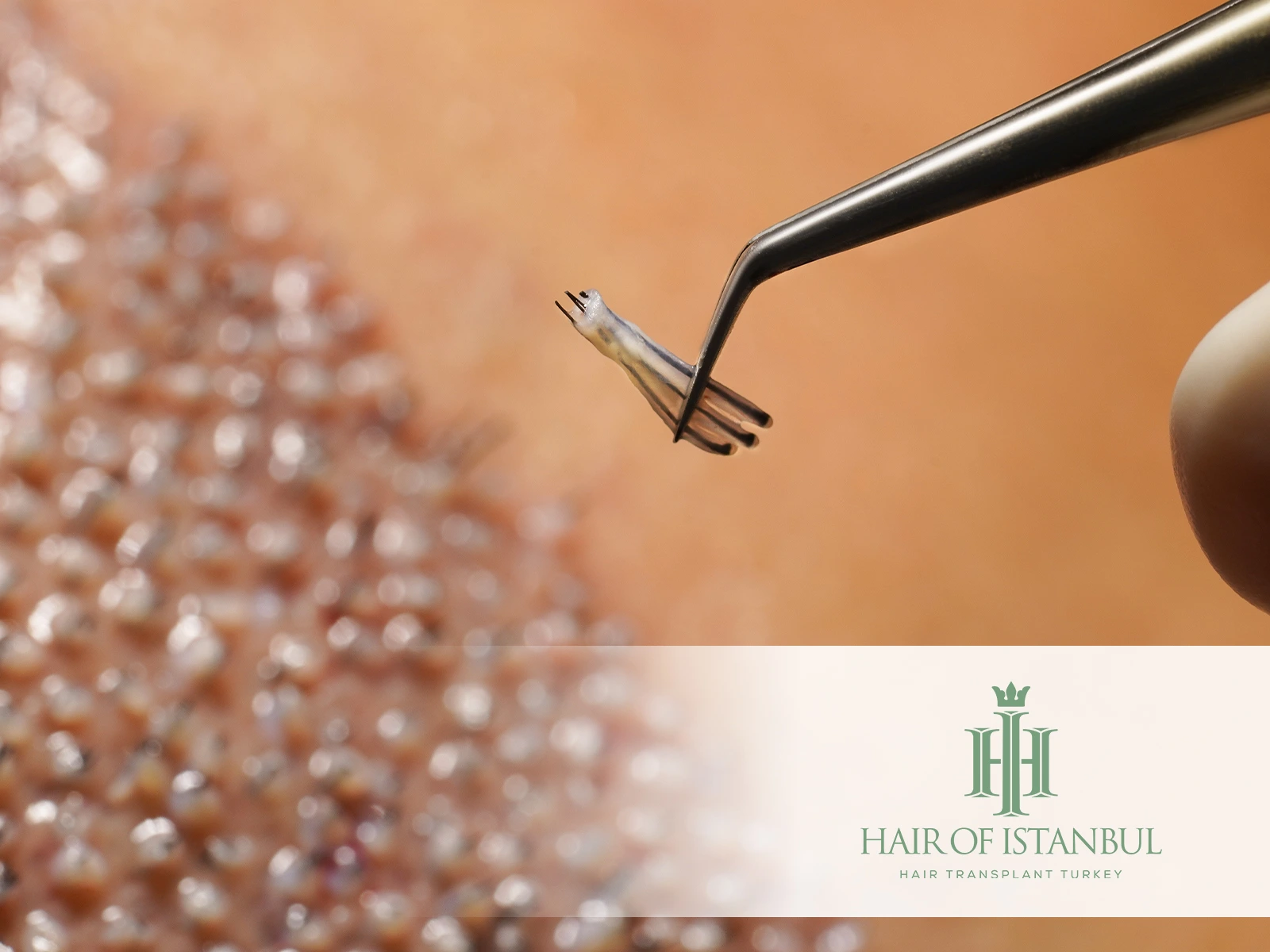Redness After Hair Transplant: Causes, Symptoms, and Solutions
Experiencing some degree of redness following a hair transplant is quite common and generally nothing to worry about. This visible sign can be alarming to some, but it’s a natural response of the skin to the surgical procedure involved in hair restoration.
In the days and weeks after receiving new follicles, many patients notice a pink or reddish hue to their scalp. Understanding what this symptom means and how to manage it effectively can help ease the mind and aid in recovery. Continue reading to explore the reasons behind scalp redness, its duration, and tips for reducing discomfort during the healing process.
What Is Scalp Redness?
Scalp redness is a common occurrence after hair transplant surgery. This condition usually presents as a pink or red hue on the scalp, which is a typical response of the skin to the procedure. The discoloration is a normal part of the healing process, indicating that the body is repairing itself. It’s important for patients to know that this redness is temporary and should gradually diminish as the scalp heals.
In the meantime, gentle care and adherence to post-operative instructions provided by healthcare professionals can help manage this symptom. Avoiding harsh chemicals or vigorous scrubbing in the affected area can also aid in a smoother recovery. Ultimately, while the redness might cause some initial concern, it is a sign that the body is on its way to recovery.
Also Read: Hair Transplant For Widow’s Peak: How to Reverse Hair Loss?
Why Is Skin Red After A Hair Transplant?
Redness on the scalp following a hair transplant is a normal phenomenon, but it stems from several specific causes. During the surgery, tiny incisions are made to implant hair follicles, which naturally lead to redness as part of the body’s healing response. This discoloration is not only common but expected, as the increased blood flow to the area helps deliver essential nutrients and oxygen to support recovery. The table below lists a few specific reasons.
| Increased Blood Flow | Post-surgery, the body boosts blood circulation to the scalp to enhance healing and nutrient delivery, causing redness. |
| Surgical Incisions | The necessary small cuts for follicle placement can lead to redness as part of the initial healing phase. |
| Skin Type Sensitivity | Individuals with lighter skin tones may experience more noticeable redness, though it affects all patients to some degree. |
| Inflammatory Response | The body’s natural reaction to the micro-wounds created during the procedure contributes to redness. |
| Post-Operative Washing | Initial washes may irritate the scalp, intensifying redness temporarily. |
| Crusting and Scabbing | As scabs form to protect the surgical sites, they can also cause surrounding skin to appear redder. |
Is The Redness Permanent After A Hair Transplant?
No, the redness observed after a hair transplant is not permanent. It typically fades as the scalp heals over time. Following the procedure, this redness is an expected symptom due to the minor injuries caused by incisions.
It’s important to follow the aftercare guidelines provided to ensure a smooth recovery process. Persistent redness beyond the usual healing time might require consultation with a specialist to rule out any complications. [1]
Also Read: Alcohol After Hair Transplant: Understanding the Impacts!
How Long Does Redness Last After Hair Transplant?
The duration of redness after a hair transplant varies from person to person. For most, this condition resolves between one to three weeks. Patients with very fair or sensitive skin might experience prolonged redness, lasting up to two months.
Factors such as individual healing response and skin type play a crucial role in this variability. Regular follow-ups with your surgeon can provide reassurance and care tips to manage and reduce redness more effectively. [2]
Will the Redness Affect My Transplant’s Success?
Redness after a hair transplant does not impact the success of the procedure. It’s a normal part of the healing process indicating active recovery. However, adhering to the post-operative care instructions is crucial. Patients should follow the guided plan without deviation to support optimal results. Ignoring care advice may prolong redness and affect the overall health of the transplant.
How to Hide Redness After Hair Transplant?
To conceal redness after a hair transplant, wearing loose hats when going outdoors can be effective. However, consulting with your doctor is the best approach to ensure this does not interfere with the healing process. Additionally, using prescribed products can aid in reducing visibility and discomfort. Always prioritize medical advice over cosmetic concerns during recovery.
Also Read: How Hair Loss Affects Self Esteem: Strategies to Cope!
What Does Redness Look Like After Hair Transplant?
Initially, post-transplant redness appears bright and noticeable. Over days and weeks, expect this redness to gradually subside as the healing progresses. The intensity of redness varies with each individual, influenced by skin type and the extent of the surgical procedure.
1 Month
Bu gönderiyi Instagram’da gör
After one month, redness post-hair transplant is usually less intense than at the beginning but still visible. Patients often observe a significant decrease as the scalp continues to heal and respond to care treatments.
3 Months
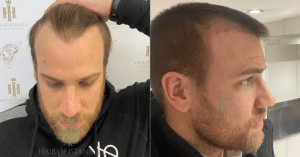
Three months post-operation, the redness typically diminishes considerably, becoming less evident. This marks an important phase in recovery, as the scalp adjusts and starts to showcase more of the initial hair growth results.
Also Read: Hair Transplant After 3 Months: Photos Show Real Results
How to Get Rid of Redness After Hair Transplant?
While it’s not possible to completely eliminate redness immediately after a hair transplant, several methods can effectively reduce its severity. Understanding that redness is part of the healing process is crucial, but managing it can enhance comfort and appearance during recovery. Implementing the right practices and treatments can significantly alleviate the symptoms.
| Moderate Temperature Showers | Opt for lukewarm water instead of hot to avoid aggravating the scalp. |
| Sun Protection | Keep the scalp shielded from direct sunlight for at least the first 30 days after surgery. |
| Steer Clear of Chlorine | Stay away from chlorinated water bodies like pools and hot tubs for the initial month. |
| Cold Compress Application | Use ice packs or chilled towels on the affected area following completion of post-care. |
| Gentle Scab Handling | Use the soft pads of your fingers for massaging scabs away rather than fingernails. |
| Maintain Hydration | Drinking ample water aids the skin’s natural repair mechanisms. |
| Sleep Position | Resting on your back or with the head elevated can reduce pressure on the treated area. |
CONCLUSION
In conclusion, while redness after a hair transplant is a common symptom, it’s also a manageable one. At Hair of Istanbul, we prioritize your comfort and recovery, ensuring that each patient receives personalized care and clear guidance on managing post-operative symptoms like redness.
Our approach, which combines advanced techniques with meticulous aftercare, helps to minimize discomfort and promotes faster healing. If you’re experiencing prolonged redness or have concerns about your scalp’s recovery, we encourage you to reach out. Our dedicated team is here to support you every step of the way, ensuring your journey towards restoring your hair is as smooth and effective as possible.
References:
- [1] Reddit, Unknown Date, Roughly when does the redness of transplanted area go away? And when can I trim my hair to keep the whole head the same short length? – https://www.reddit.com/r/HairTransplants/comments/v6ihvp/roughly_when_does_the_redness_of_transplanted/
- [2] Quora, Unknown Date, How much time does Donor area redness takes to heal after hair transplantation with FUE method ? – https://www.quora.com/How-much-time-does-Donor-area-redness-takes-to-heal-after-hair-transplantation-with-FUE-method


